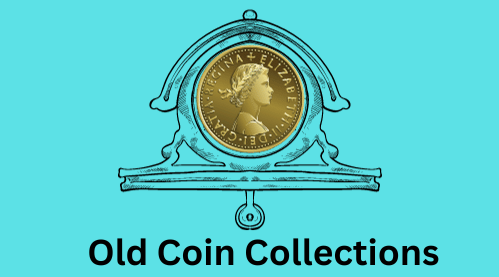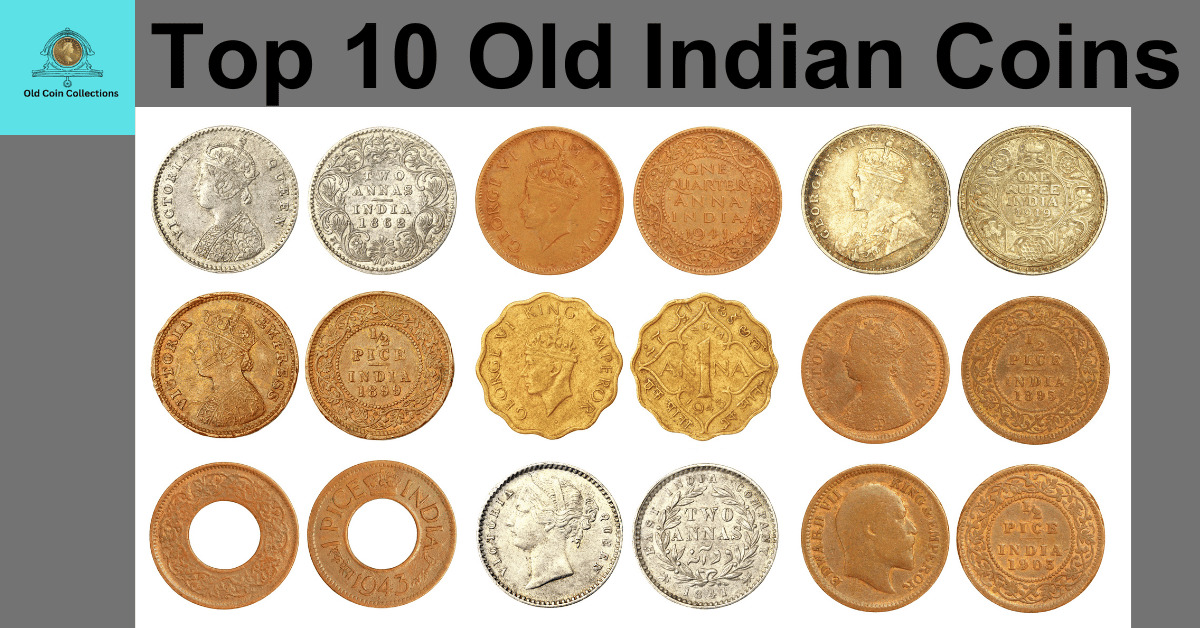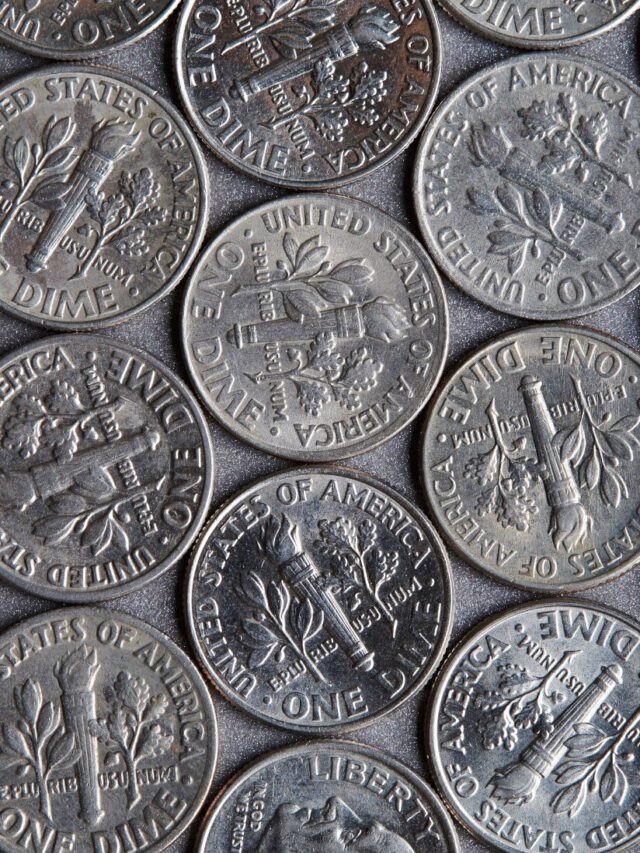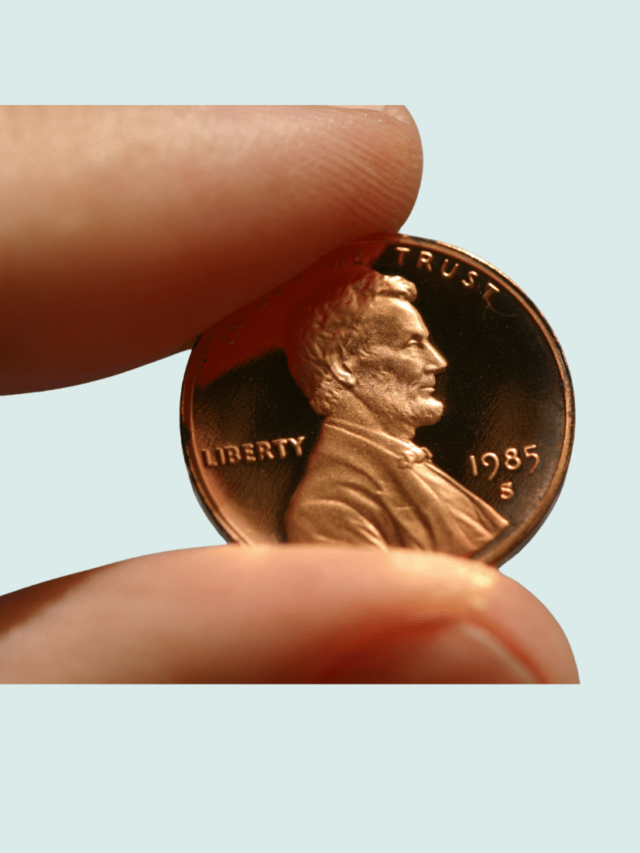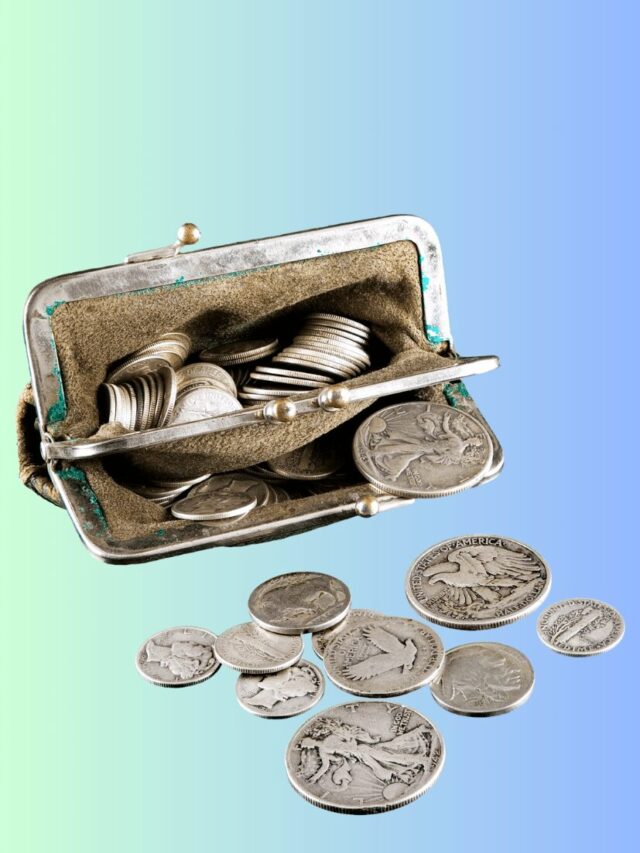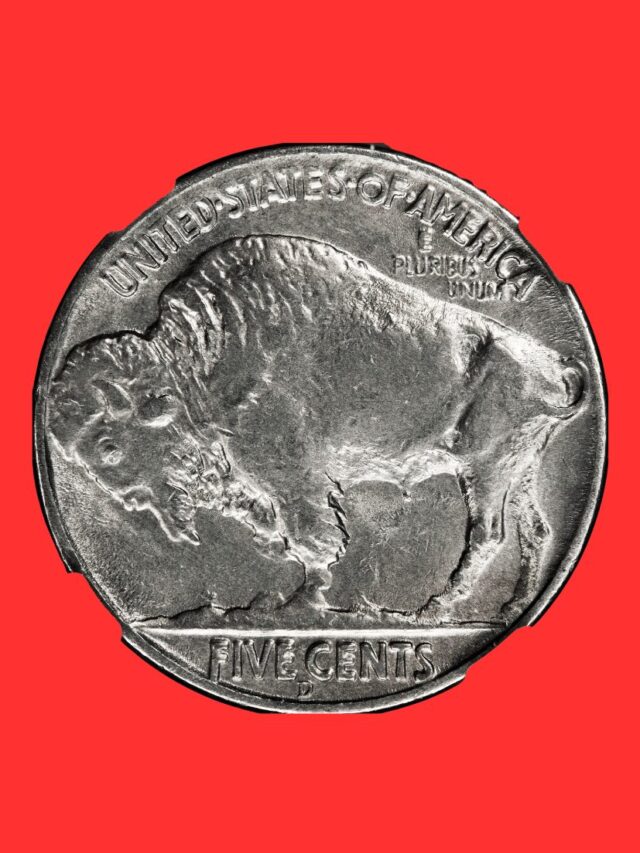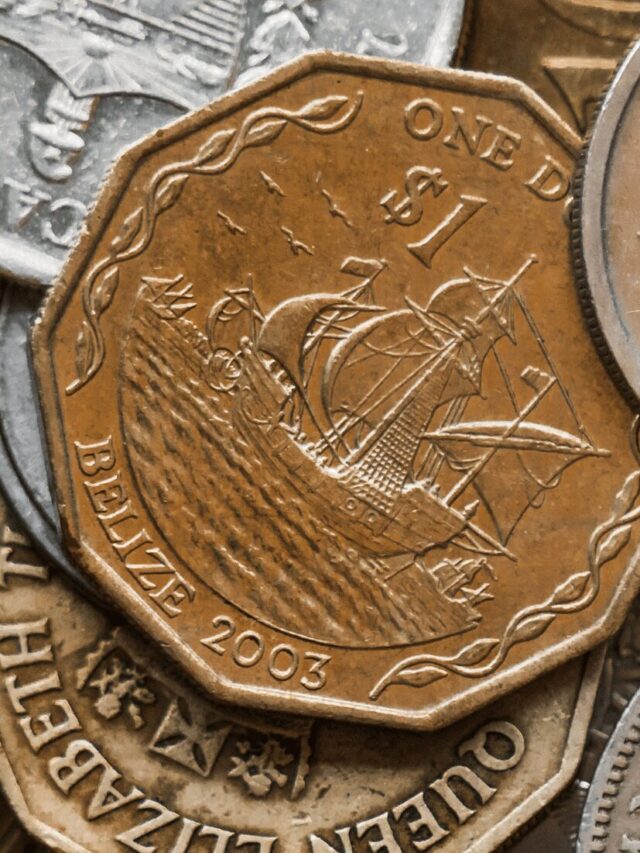Today we discuss about the topic of Top 10 Old Indian Coins. India, a land steeped in history and culture, boasts a numismatic heritage as diverse and colorful as its past.
For centuries, coins have not only been mediums of trade but also storytellers, whispering tales of ancient civilizations, powerful empires, and influential rulers. They are tiny ambassadors of the past, carrying insights into the economic, cultural, and political landscapes of their times.
From the earliest punch-marked coins to the intricate designs of the Gupta era, each coin is a window into an epoch long gone, offering us a tangible connection to our ancestors.
Punch Marked Old Indian Coins (6th Century BCE)
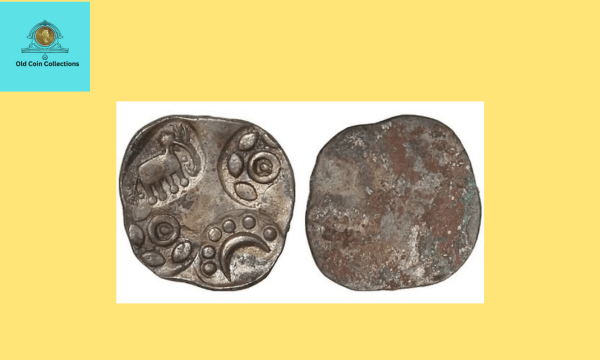
The journey into India’s numismatic history begins with the punch-marked coins, dating back to the 6th century BCE. These coins, often made of silver, bear the simplicity and mystery of ancient coinage. They were typically small, irregularly shaped pieces of metal stamped with various symbols, including geometric patterns, animals, and plant motifs. The symbols used were not merely decorative; they represented the authority and guarantee of the issuing authority, often a local ruler or merchant guild.
In ancient India, these punch-marked coins played a pivotal role in trade and commerce. They facilitated the transition from barter systems to a more standardized economy, thus bolstering trade not only within the subcontinent but also with neighboring regions. Their widespread use is a testament to the sophisticated trade networks and economic systems that existed in ancient India.
Gupta Gold Old Indian Coins (320-550 CE)
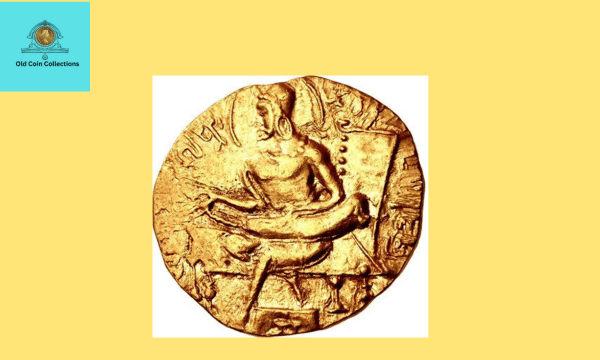
Fast forward to the Gupta Empire, an era often hailed as the Golden Age of India, and we encounter the Gupta gold coins – masterpieces of numismatic art. These coins are renowned for their purity, intricate designs, and detailed depictions. Each coin is like a miniature canvas, showcasing the artistic and cultural zenith of the Gupta period.
The Gupta gold coins often featured portraits of the Gupta emperors, radiating regality and power. These portraits were not mere representations; they were imbued with symbolism, depicting the rulers as gods or divine beings, reflecting the central role of religion and divine right in Gupta rule. The reverse side of these coins frequently featured Hindu deities, such as Lakshmi, the goddess of wealth, or images depicting legends and myths, linking the mundane act of trade to the divine. These coins were not just currency; they were a statement of power, belief, and the cultural vibrancy of the Gupta Empire.
Mughal Gold Mohurs (16th-19th Century)
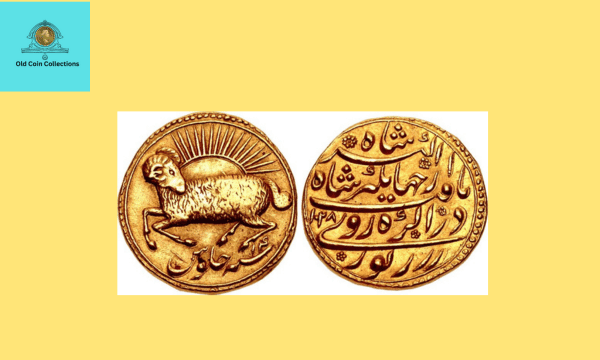
Diving into the era of the Mughals Coins, the Gold Mohurs stand out as a symbol of their immense wealth and artistic flair. The Mughal emperors were connoisseurs of art and culture, and their coins were a reflection of this passion. Each Mohur was more than just a piece of currency; it was a miniature work of art, showcasing the sophisticated craftsmanship of Mughal mint masters.
The evolution of Mughal coinage tells a story of changing times and rulers. From Akbar’s harmonious blend of Islamic and Hindu motifs to Shah Jahan’s luxurious designs mirroring the grandeur of his reign, each coin was a mirror of the emperor’s persona and the empire’s ethos. These coins are like the pages of a history book, each one narrating a different chapter of the Mughal dynasty.
Maratha Confederacy Old Indian Coins (1674-1818)
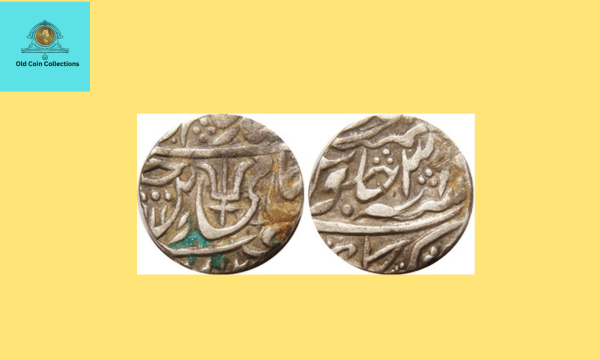
The Maratha Confederacy’s coins are like whispers from the past, telling us tales of valor and resilience. The Marathas, known for their formidable military strategies and administrative prowess, also left a lasting legacy in their unique coinage. Their coins were more than mere monetary instruments; they were symbols of Maratha pride and independence.
Inscriptions in Devanagari script and imagery reflective of their culture and faith adorned these coins, making them distinctively Maratha. These coins circulated across their vast empire, serving not just as a medium for trade but also as a tool for unifying diverse regions under a common Maratha identity, bolstering their dominance in the region.
British Old Indian Coins (1858-1947)
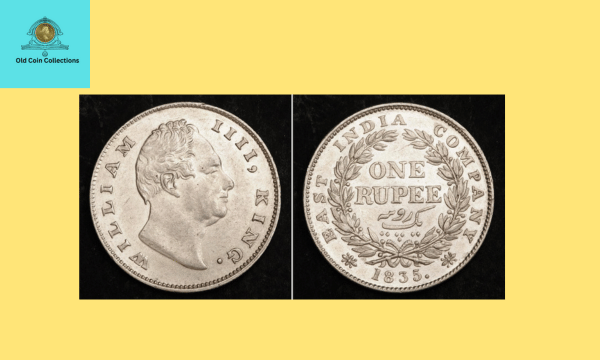
The colonial era brought about a seismic shift in Indian numismatics with the introduction of British India coins. These coins marked the onset of a new era, symbolizing British control over the Indian subcontinent. The coins from this period are a testament to the colonial influence, featuring portraits of British monarchs and emblematic designs.
However, these coins did more than just represent British rule; they played a key role in unifying the currency system across the vast Indian territory. The variety of coins minted during this period, from small coppers to substantial gold pieces, reflect the diverse economic fabric of colonial India, each coin telling a story of its time.
Tipu Sultan’s Coins (1782-1799)
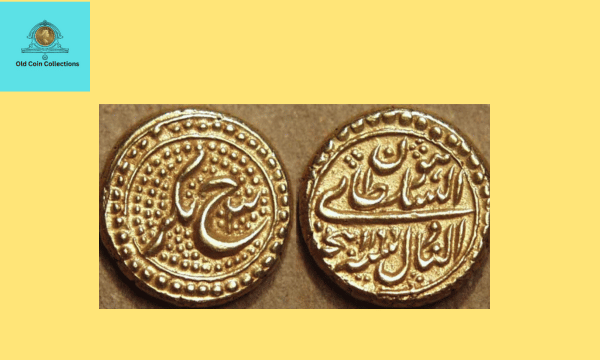
Tipu Sultan’s reign, though brief, left an indelible mark on Indian numismatics. His coins are like echoes of his revolutionary vision and progressive governance. Each coin minted under his rule stands out for its unique features – from the usage of various metals to the incorporation of multiple languages. This linguistic diversity in the inscriptions, including Kannada, Persian, and Arabic, wasn’t just about aesthetics; it was a reflection of Tipu Sultan’s inclusive approach and his ambition to create a cosmopolitan state.
Sikh Empire Coins (1801-1849)
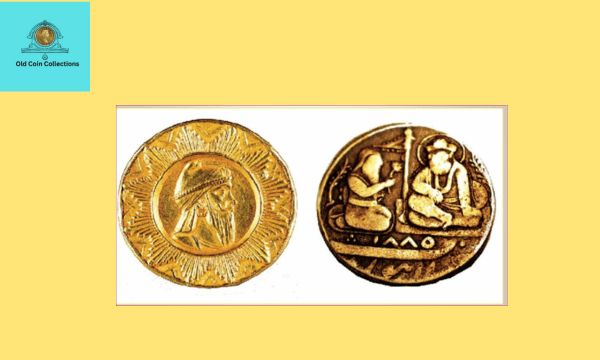
The Sikh Empire, under the leadership of Maharaja Ranjit Singh, introduced coins that were more than mere monetary units; they were embodiments of Sikh pride and sovereignty. These coins distinguish themselves with their distinctiveness, carrying the essence of Sikh religious and cultural values. The Gurmukhi script and Sikh symbols, such as the Khanda, featured prominently, reinforcing the Sikh identity in every piece minted. These coins were not just currency; they were a declaration of the Sikh Empire’s identity and its rulers’ devotion.
Vijayanagara Empire Coins (1336-1646)
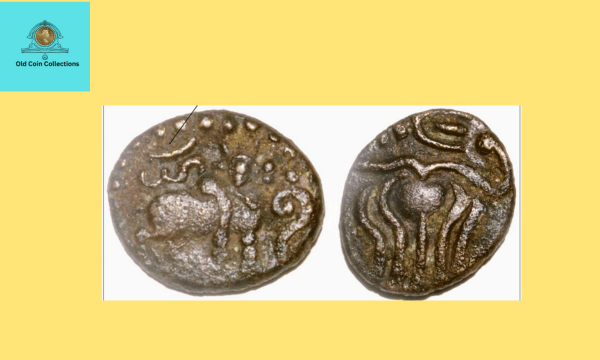
The coins of the Vijayanagara Empire offer a glimpse into the grandeur of one of South India’s greatest kingdoms. These coins are historical canvases, depicting intricate architecture, divine deities, and a variety of scripts. Each coin tells a story of the empire’s rich cultural and religious diversity. The depiction of Hindu gods and temple architecture on these coins speaks volumes about the empire’s dedication to preserving and promoting Hindu traditions during a time of regional and religious turmoil.
Also Read:
Explore Top 10 Most Rare One Rupee Coins in Republic India
Satavahana Dynasty Coins (1st Century BCE-2nd Century CE)
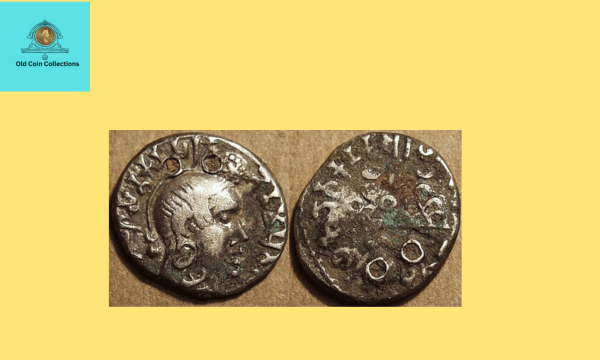
The Satavahana Dynasty, flourishing in the Deccan region, was known for its dynamic trade and cultural exchanges, reflected vividly in their coinage. These coins, made of various metals, display a range of artistic designs including animal motifs and portraits of rulers. The diversity in their coinage, from simplistic copper coins to intricately designed silver ones, underscores the Satavahanas’ expansive trade networks and cultural interactions with other contemporary civilizations.
Chola Dynasty Coins (300 BCE-1279 CE)
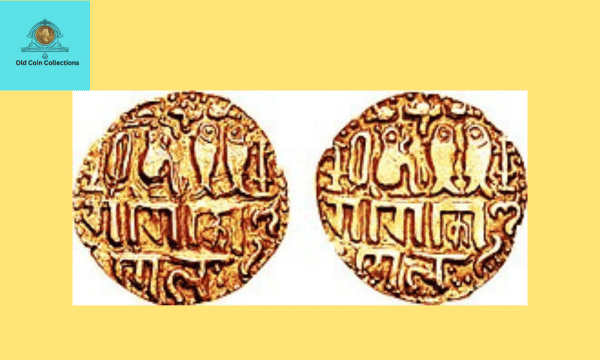
The coins of the Chola Dynasty are a testament to the dynasty’s long reign and its dominance in South India. These coins, ranging from simple copper units to ornate gold pieces, showcase the Cholas’ economic prowess and artistic inclinations. The Tamil inscriptions on these coins are particularly significant, not just for their historical value but also as markers of Tamil pride and identity, reflecting the Cholas’ patronage of Tamil literature and culture.
Frequently Asked Questions (FAQs) Related To Old Indian Coins Are :
What’s the Charm of Ancient Indian Coins for Collectors?
It’s the stories they whisper of ages past! Every old Indian coin is a fragment of history, a relic of diverse cultures and epochs. Their allure lies not just in their rarity, but in the tales they tell of the people and times they represent.
Collecting with Caution: What Legalities Should I Mind?
Navigating the legal maze is crucial. Especially in countries like India, where ancient artifacts have legal shields. Always ensure your hobby treads within the legal boundaries.
Can Old Coins Spill Secrets of Economic Histories?
Indeed, they can! These metallic storytellers reveal tales of trade, wealth, and economic strategies from their era. They’re like time capsules, holding economic secrets from ages gone by.
How Did Coin Artistry Evolve Across Indian Dynasties?
It’s a canvas of time! Each dynasty in India painted its own aesthetic on coins – from the simplistic punch marks to the ornate Gupta and Mughal art. It reflects the evolving cultural and religious ethos of the times.
Preserving the Past: What Challenges Do Old Coins Face?
The biggest foes? Corrosion, wear, and the environment. Keeping these historical treasures safe demands careful storage and gentle handling to battle time’s inevitable wear.
Where Can I Witness These Historical Coins? Any Famous Collections?
Step into the halls of history! In India, the National Museum in Delhi and Salar Jung Museum in Hyderabad are treasure troves. Globally, the British Museum in London hosts a grand collection.
The Colonial Imprint on Indian Coinage: What Changed?
Colonial rule turned the page on Indian coinage. British India coins brought a new design ethos and monetary system, marking a stark shift from the rich, traditional styles of pre-colonial times.
Conclusion
The journey through India’s numismatic history is a journey through time and culture. Each coin, from the ancient Punch Marked coins to the sophisticated Chola pieces, tells a unique story of India’s past. These coins are not just collectors’ items; they are historical artifacts that provide invaluable insights into India’s diverse epochs. For historians, collectors, and enthusiasts alike, these coins continue to be a source of fascination and a window into the rich tapestry of India’s history.
